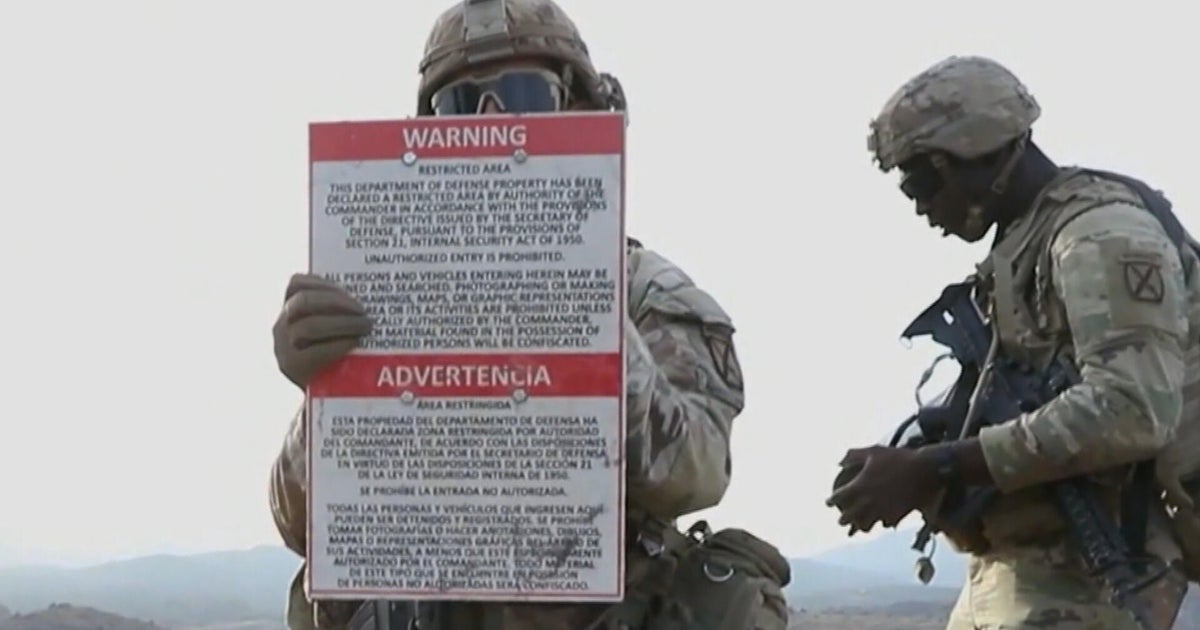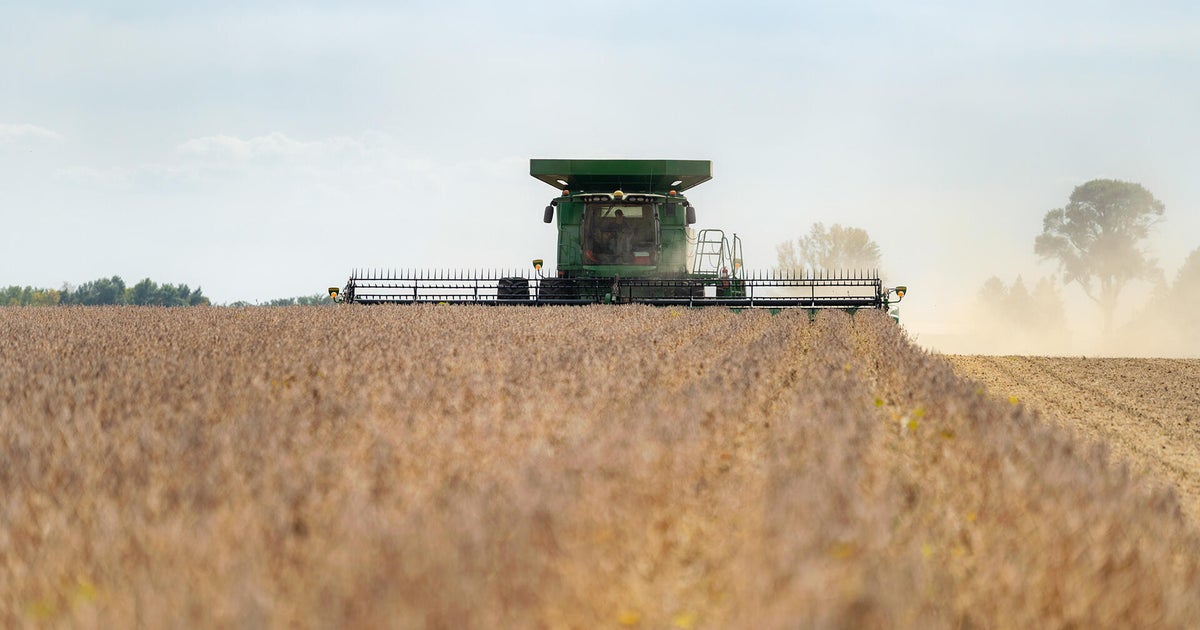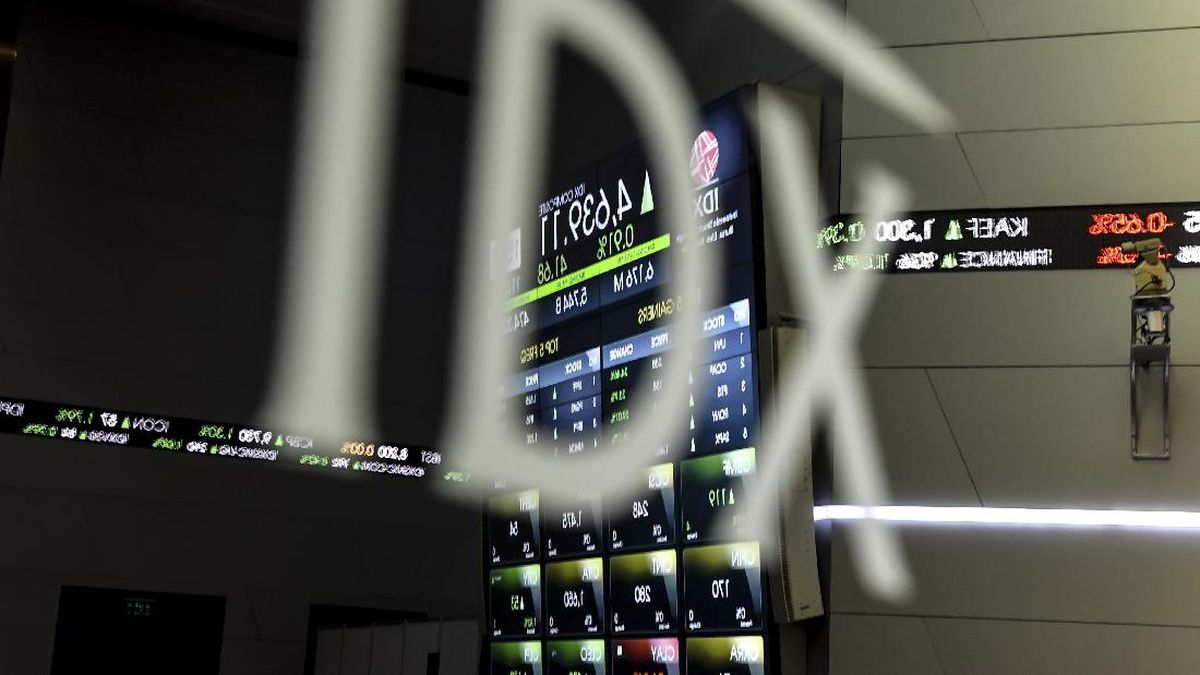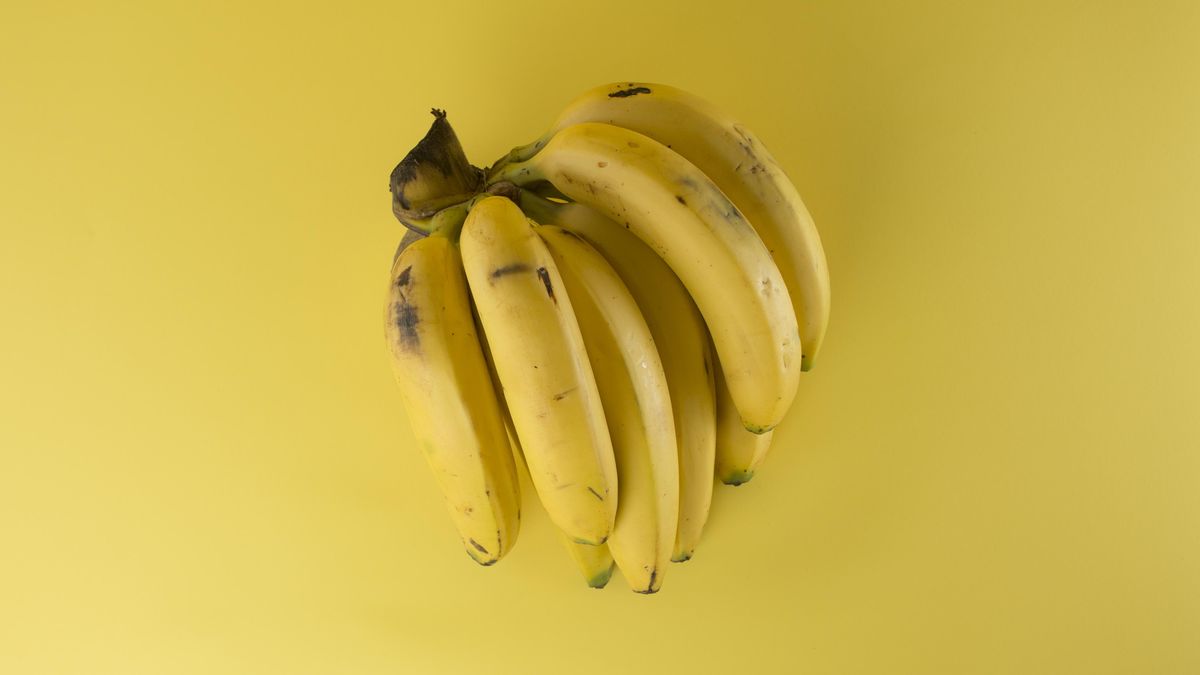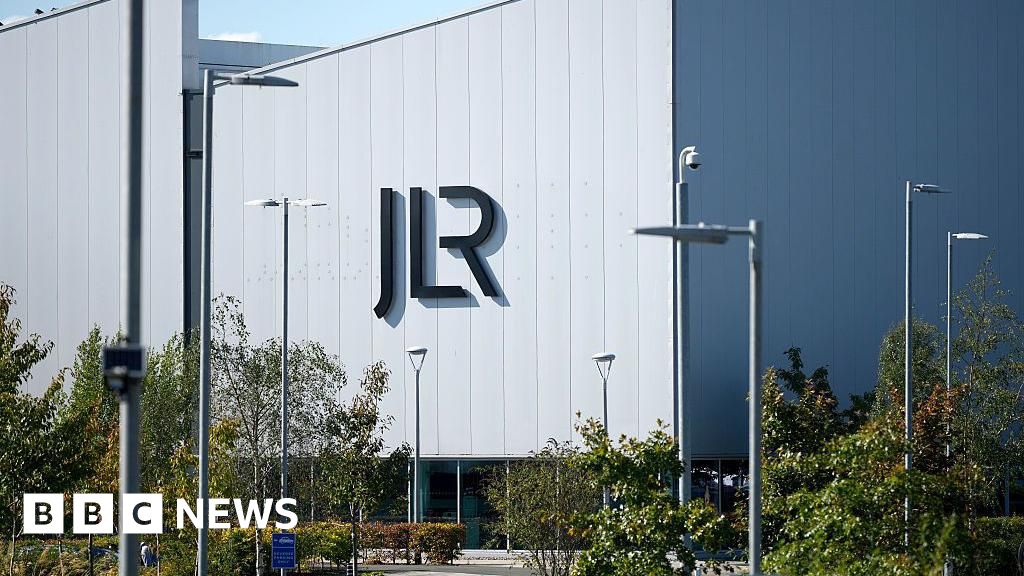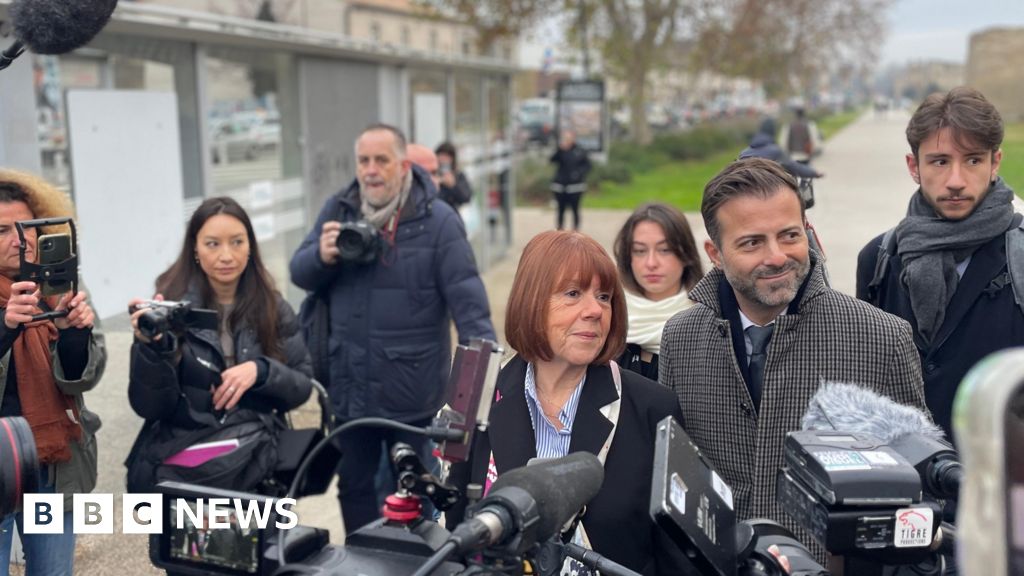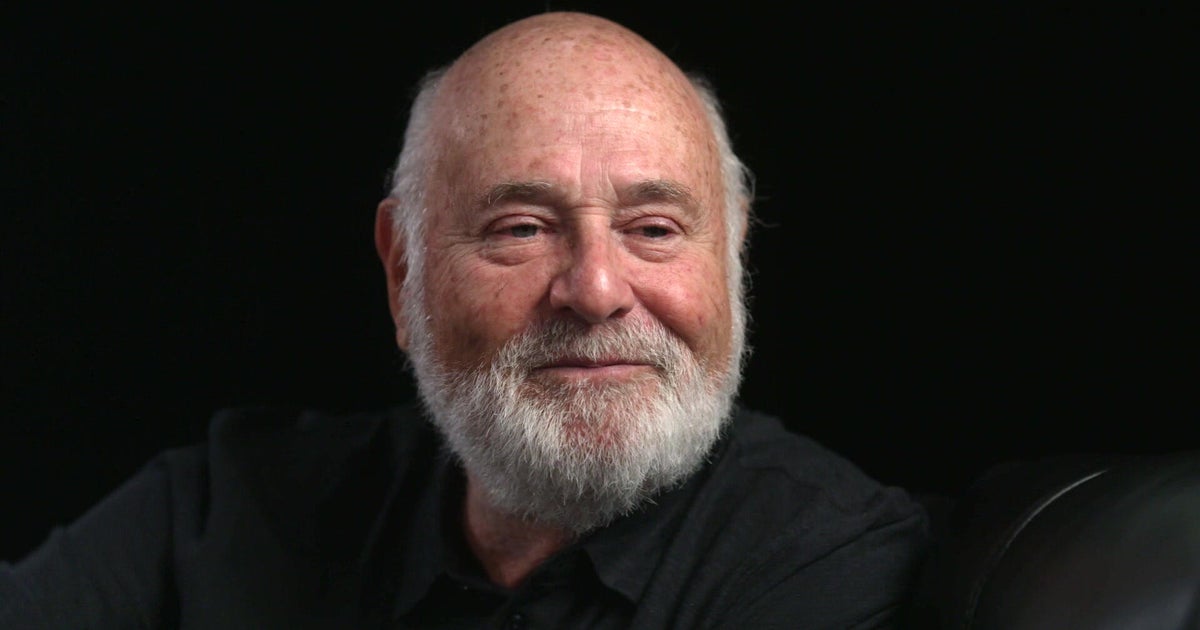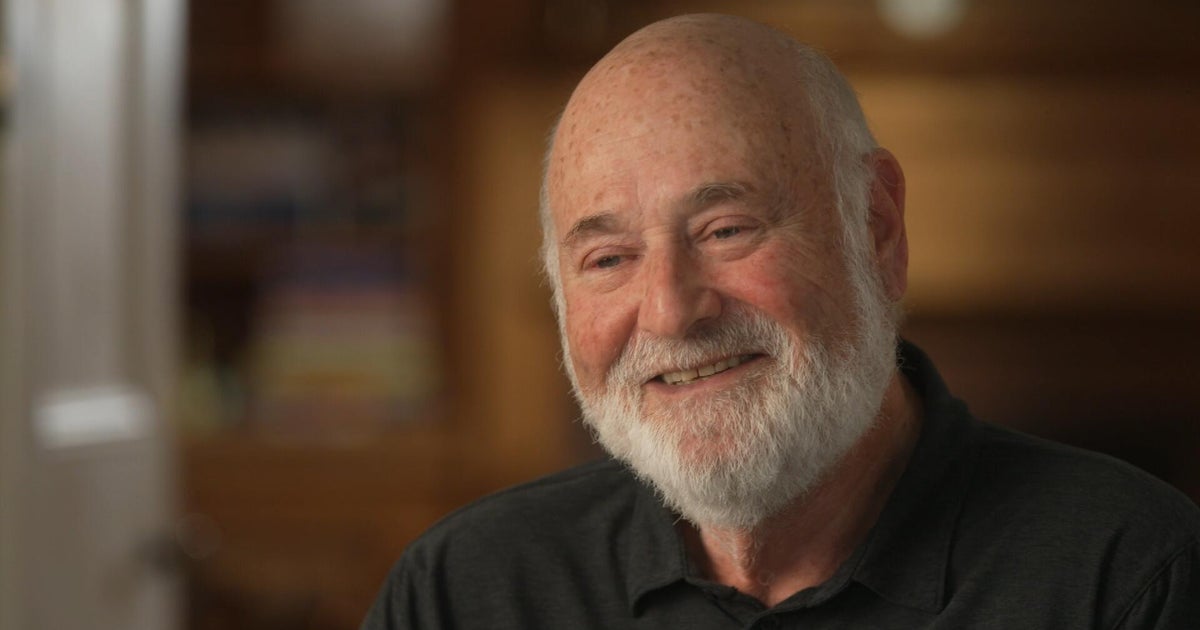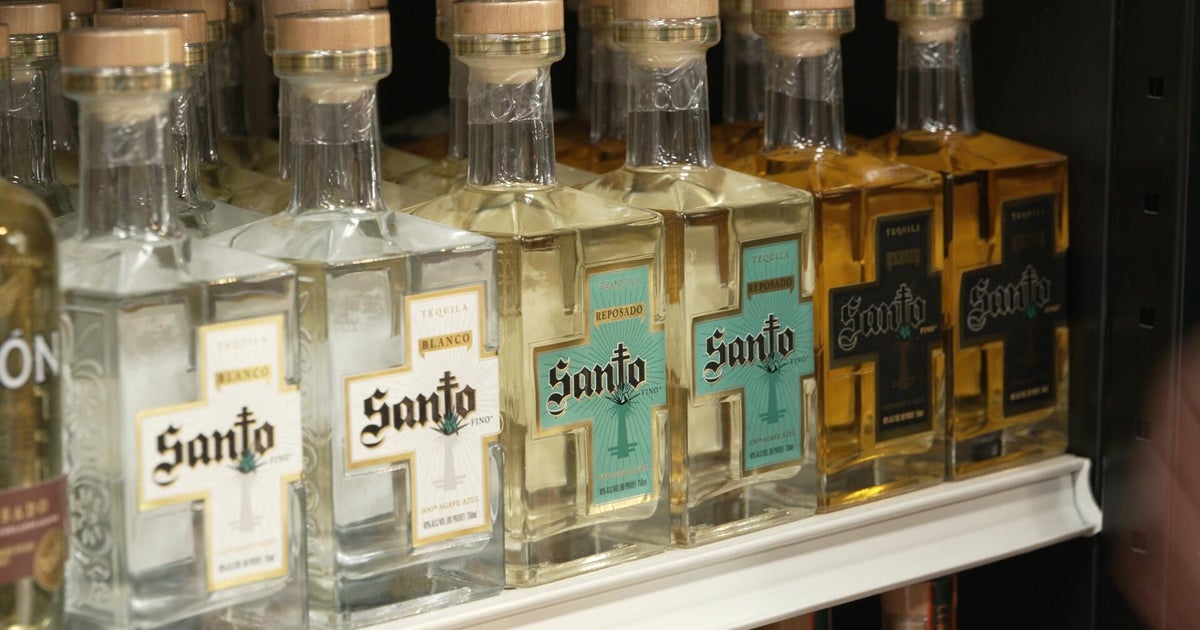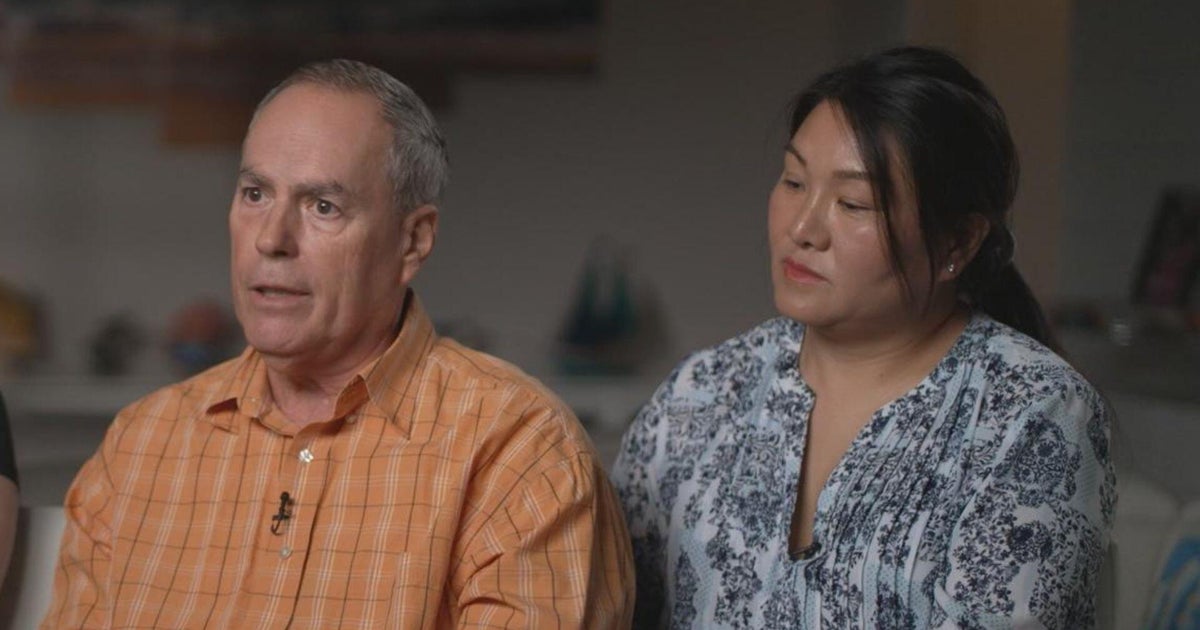Electromagnetic interference that has plagued medical and research centres above the Metro Tunnel was also behind a shutdown that left train drivers stranded for five hours last month.
The revelation comes as the final Metro Tunnel station, State Library, marks its official completion date on Monday and pushes the project into its final phase.

State Library Station features artwork by Danie Mellor, based on historic photos of Wurundjeri Woi Wurrung women.Credit: Wayne Taylor
The station’s architecture echoes the 1854-built library, featuring 12 massive columns, like the spines of books, holding up a glass entrance.
State Library Station is 42 metres underground – deeper than the height of Marvel Stadium.
It’s likely to become known for a distinctive artwork on the glass panels called Forever, by Danie Mellor, which shows historic photos of Wurundjeri Woi Wurrung women – taken from the State Library archives – in a modern-day landscape.
It’s also distinctive for its enormous descending escalators, which are 12 metres longer than even those at Parliament Station.

How to access State Library Station.
The station will adjoin the existing Melbourne Central station, with its key main entrance on the corner of La Trobe and Swanston streets, and a second entrance on Franklin Street between RMIT and the City Baths. State Library and Melbourne Central stations are connected via a new underground concourse, and passengers can transfer between the two without tapping off.
Dozens of small design details have been incorporated across the new Metro Tunnel stations, including a recurring animal foot motif on the huge platforms. Called Tracks, by First Nations artist Maree Clarke, the carved granite footprints at State Library are from emus, bandicoots, kangaroos and wombats. Other stations have their own unique fauna.
The $15 billion project is expected to open to passengers “later this year” with a soft launch using limited, off-peak services.
Premier Jacinta Allan has so far refused to give a firm opening date for a full-service timetable, not expected to be implemented until February.
Testing is underway and has included trials of services running as frequently as every three minutes in each direction.
However, the executive project director of the new tunnel, Ben Ryan, confirmed on Sunday when asked by The Age that a lengthy shutdown during testing on September 8 was “related to electromagnetic interference” or EMI.
EMI is when magnetic fields created by electricity disrupts the use of other devices.
The interference is an issue for many projects in urban environments, but has been a particular headache for the construction of the Metro Tunnel because of sensitive equipment, such as MRI machines and scanners.
The equipment is crucial to the work of medical and research facilities clustered around the new Metro Tunnel station at Parkville, with tens of millions of dollars spent trying to shield machines or move equipment to other locations.
Victoria also abandoned its plans for a major hospital precinct at the future Arden station, in North Melbourne, because of the cost of addressing EMI.
Authorities have also sought to reduce the current of the electricity running through the railway, which an Auditor-General’s report flagged could be reduced further.
Loading
However, last month’s incident is the first time that EMI issues had emerged publicly in relation to activities within the tunnel itself.
The Victorian Infrastructure Delivery Authority would not provide details about the incident at the time, with a spokesperson previously saying the shutdown was the result of a “procedural” issue.
On Sunday, Ryan initially described the fault as “just a technical issue”. However, after repeated questioning from The Age, he ultimately confirmed the fault was EMI-related.
“It was related to electromagnetic interference, but we’ve sorted that out,” he said.
“We’ve got agreement with all the hospitals that the electromagnetic interference issue at Parkville that we’ve dealt with over a very long period of time, has been accepted by the three hospitals in Parkville (The Royal Melbourne Hospital, the Royal Women’s Hospital and the Peter MacCallum Cancer Centre), so it’s not going to affect the opening of the tunnel.”
Start the day with a summary of the day’s most important and interesting stories, analysis and insights. Sign up for our Morning Edition newsletter.
Most Viewed in Politics
Loading


